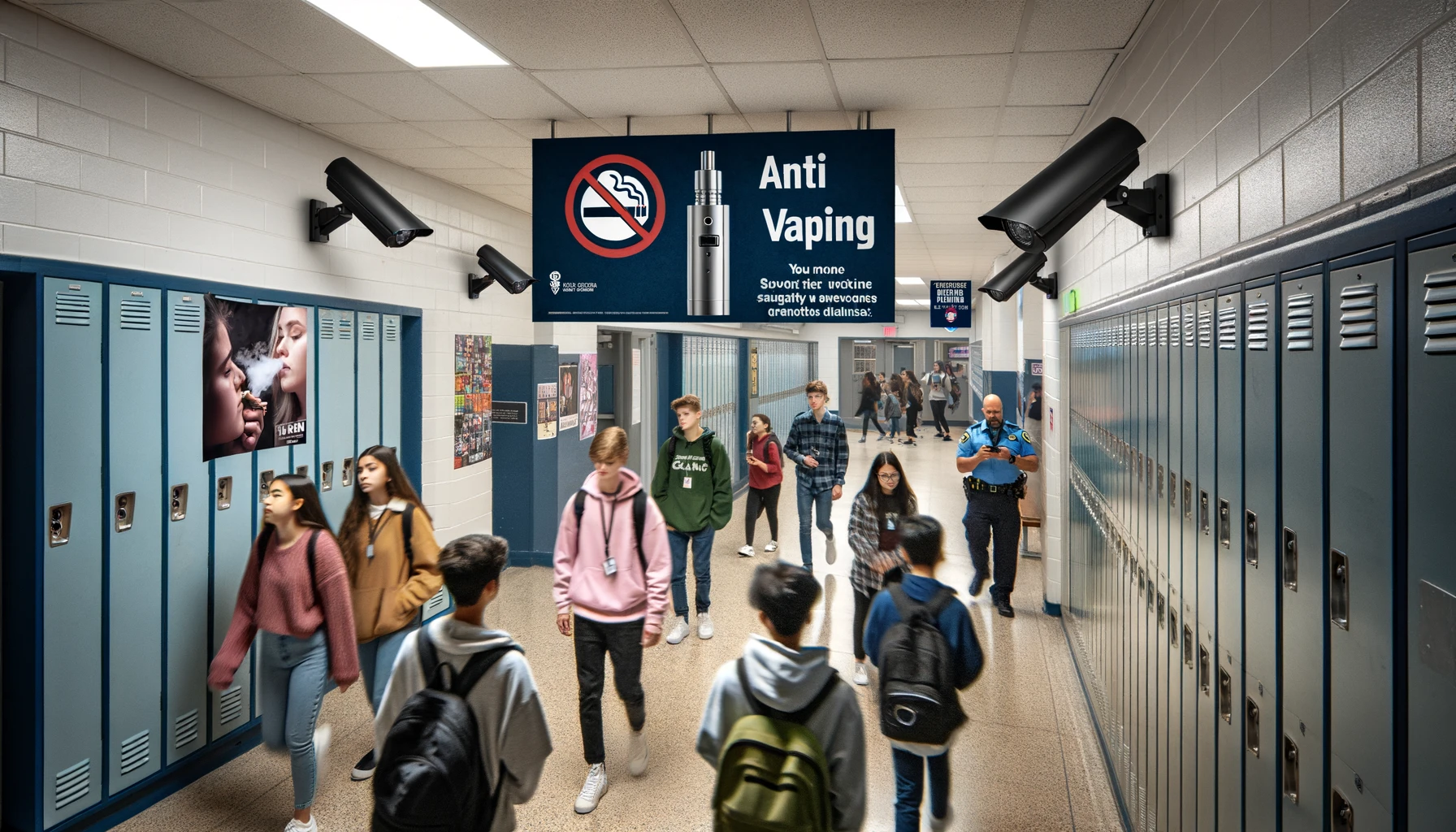Vaping in Schools: Ontario has allocated $30 million for surveillance and security measures in schools.

In a bold move to combat the rising trend of vaping among students, Ontario has allocated $30 million for surveillance and security measures in schools. While this hefty investment aims to curb the issue, it raises critical questions about whether this approach truly addresses the underlying needs of students. This article explores the complexities of vaping in schools and why a more holistic approach might be necessary.
The Rise of Vaping in Schools
Vaping has become a significant concern in schools across Ontario and beyond. With e-cigarettes and vaping devices becoming more accessible and appealing to teenagers, educators and policymakers are grappling with how to effectively address this issue. Vaping is not just a nuisance; it poses real health risks, including nicotine addiction and respiratory problems, making it imperative to find a solution.
Ontario’s $30 Million Investment
In response to the vaping epidemic, the Ontario government has committed $30 million towards enhancing surveillance and security in schools. This funding is intended to equip schools with advanced technology, including cameras and monitoring systems, to catch and deter students from vaping on school premises. The logic behind this investment is straightforward: increase the likelihood of detecting and penalizing vaping behaviors to discourage students from engaging in them.
Addressing the Root Causes
To effectively tackle the vaping issue, schools need to adopt a more comprehensive approach. This involves addressing the root causes that drive students to vape in the first place. Here are some strategies that could be more effective than surveillance alone:
Education and Awareness
Implementing educational programs that inform students about the risks and consequences of vaping is crucial. These programs should be designed to engage students in meaningful ways, using peer-led discussions, interactive sessions, and real-life testimonials to highlight the dangers of vaping.
Mental Health Support
Providing adequate mental health resources is essential. Schools should have counselors and support staff who can help students manage stress and anxiety, offering healthier coping mechanisms. Creating a supportive environment where students feel safe discussing their issues can significantly reduce the appeal of vaping.


